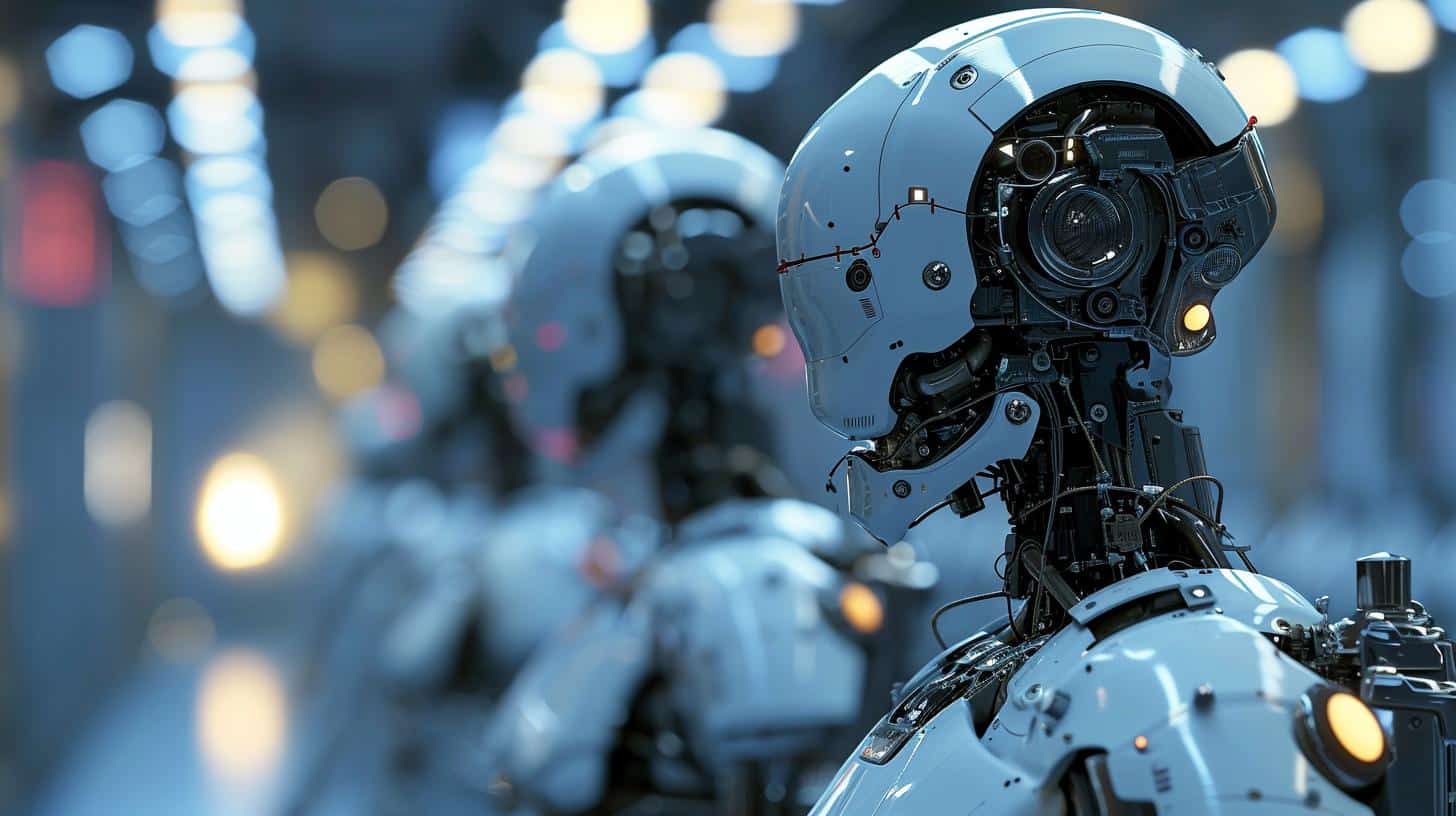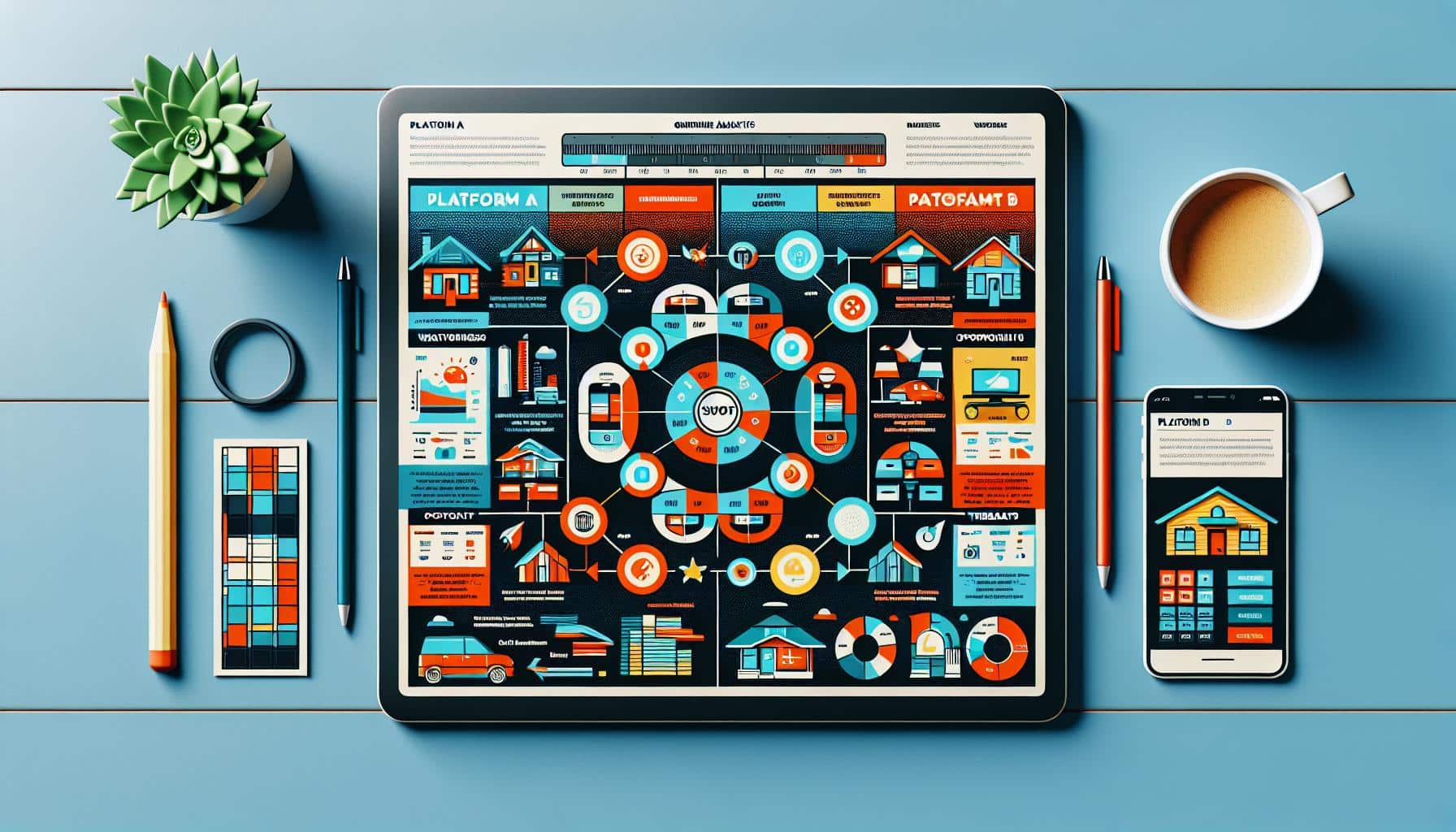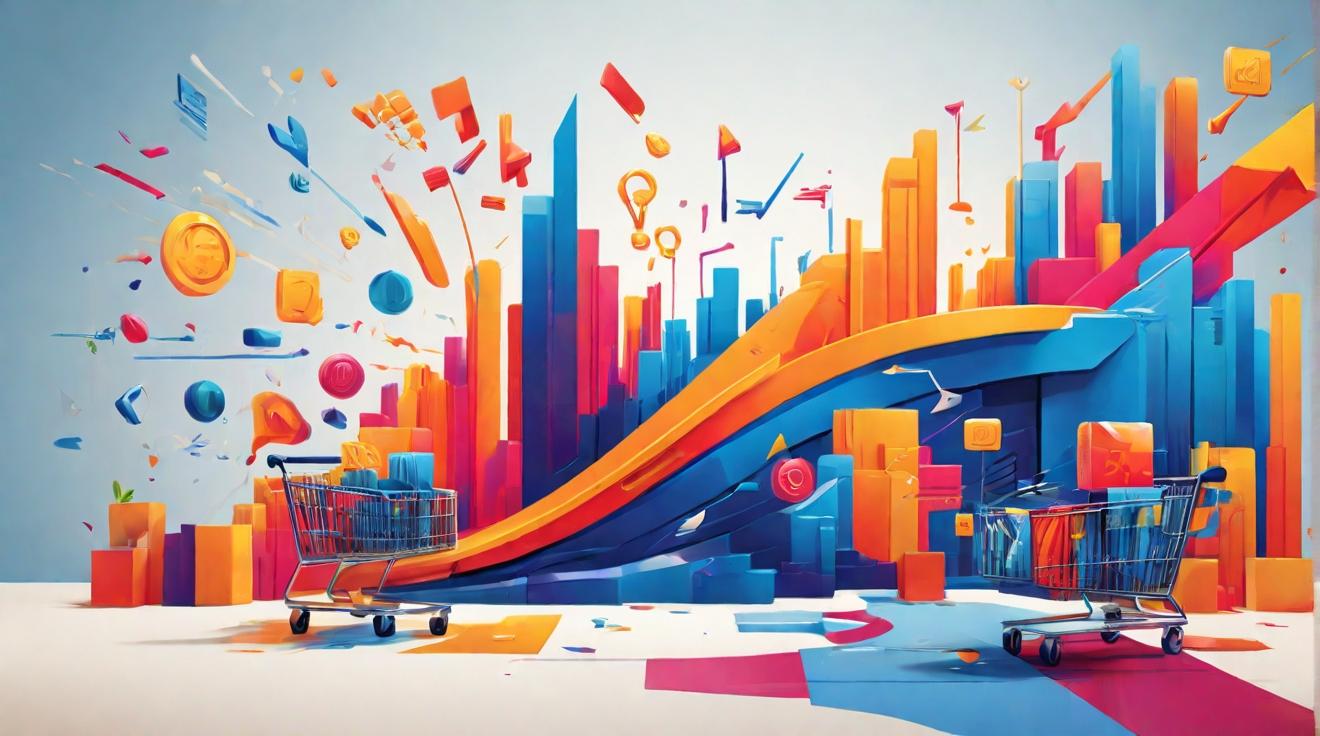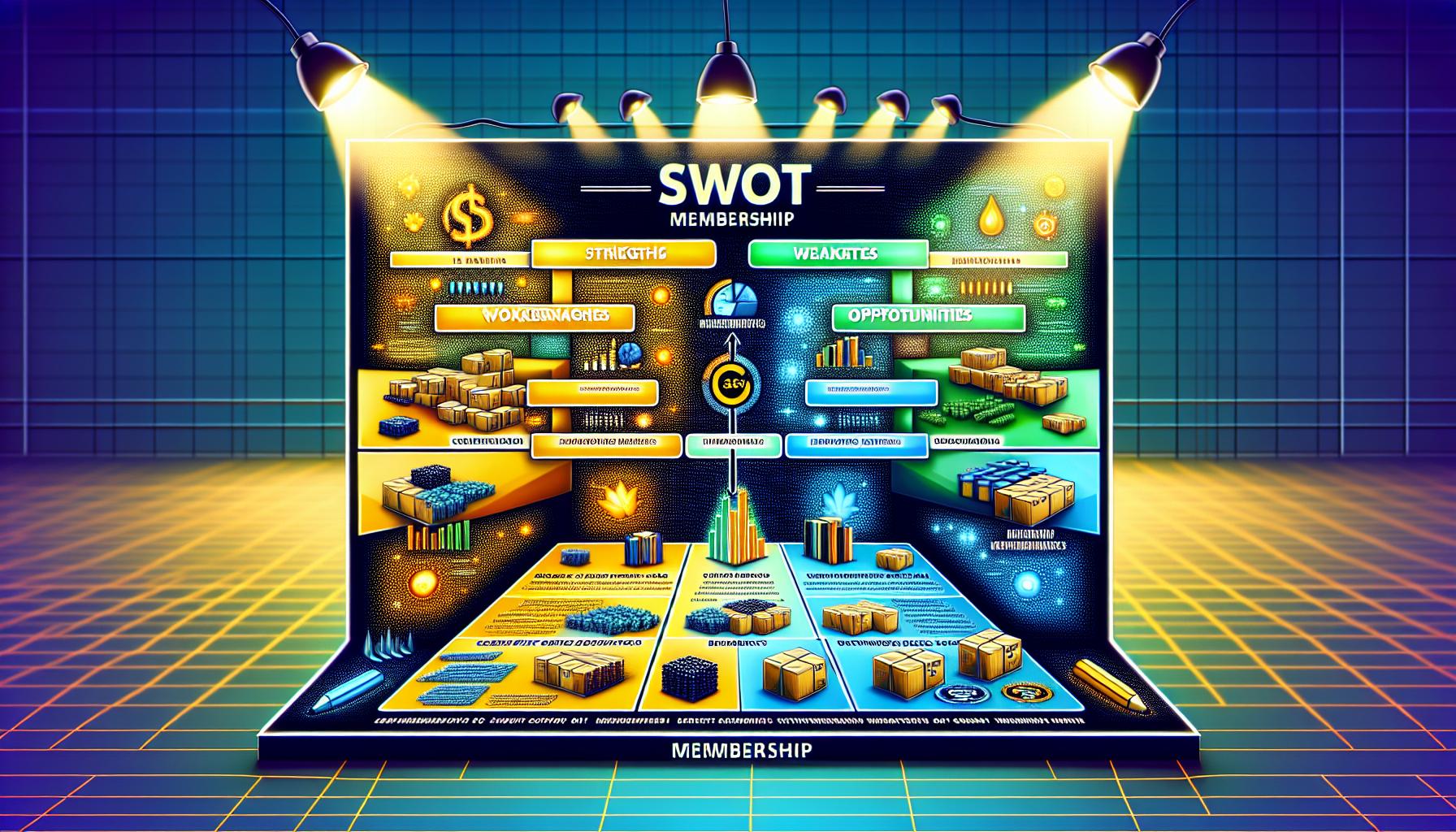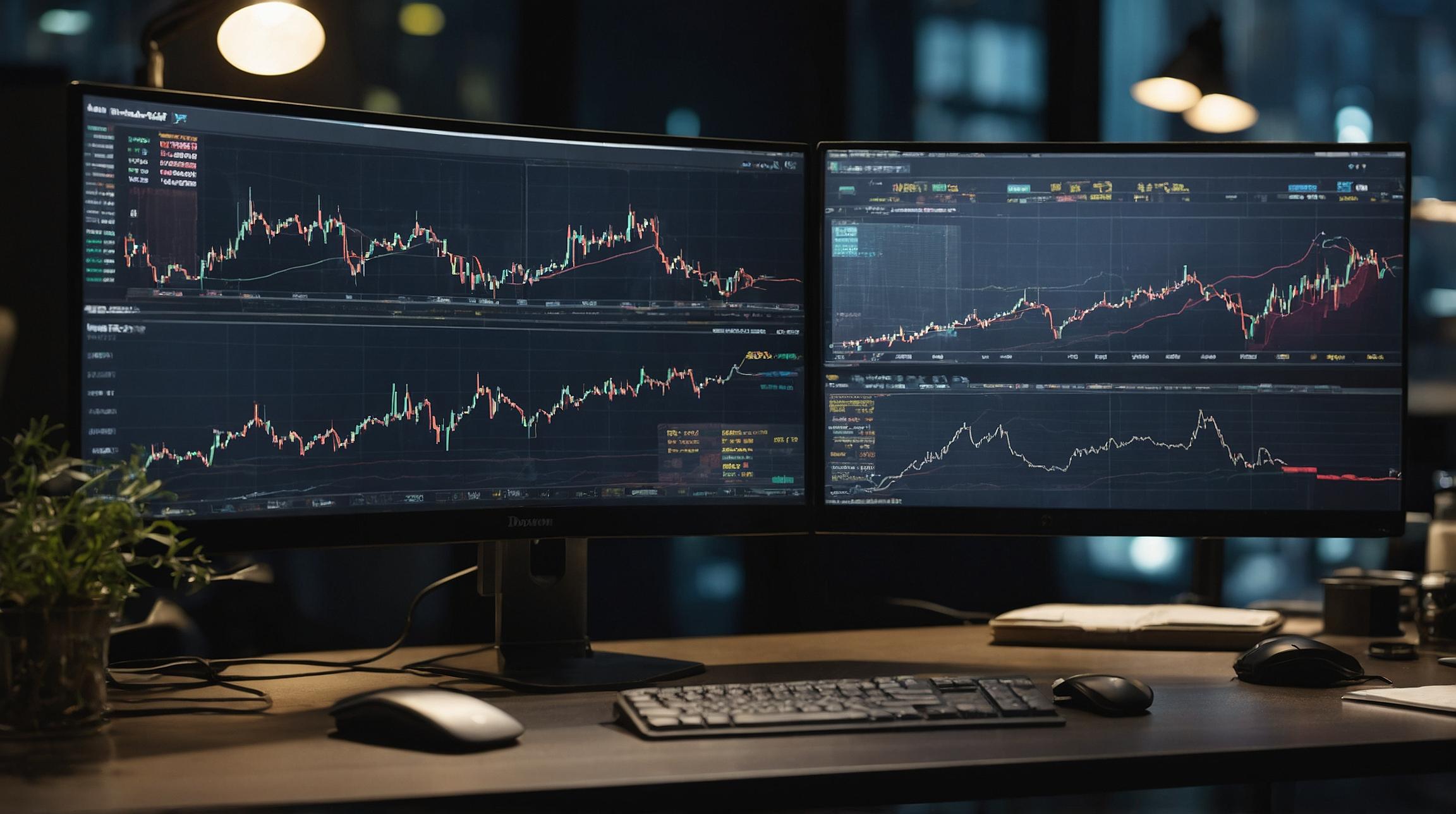Understanding the Synergies
The convergence of Robotics and Artificial Intelligence (AI) has ushered in a new era of technological innovation, transforming industries and reshaping the way we perceive and interact with machines. In this article, we’ll explore the synergies between robotics and AI, delving into their collaborative potential and the diverse applications that arise from this powerful partnership.
Intelligent Automation: The Power of Robotics and AI
The marriage of AI and robotics creates intelligent automation, where machines not only perform tasks with precision but also adapt and learn from their experiences. This synergy allows robots to navigate dynamic environments, make real-time decisions, and continuously improve their performance. Imagine a robot working on an assembly line that can analyze its surroundings and adjust its actions accordingly. With the help of AI, robots can now handle complex tasks that would have been challenging for traditional programming methods.
Enhancing Robotics with Sensory Perception and Decision-Making
AI enhances robotics by providing advanced sensory perception and decision-making capabilities. Robots equipped with AI can analyze vast amounts of data from sensors, cameras, and other sources to make informed decisions, mimicking human cognitive processes. This enables robots to understand their environment, identify objects, and respond accordingly. For example, AI-powered robots can be programmed to differentiate between different objects on a conveyor belt and sort them into appropriate categories. This level of perception and decision-making opens up countless possibilities in industries such as logistics, manufacturing, and healthcare.
Adaptive Learning: Evolving Robotics with AI
With AI, robots can engage in adaptive learning, evolving their behavior based on changing circumstances. This ability to learn and adjust in real-time makes them versatile and suitable for a wide range of tasks, from manufacturing to healthcare. AI algorithms enable robots to analyze data, identify patterns, and continuously improve their performance. For instance, in a healthcare setting, robots can learn from patient interactions and adapt their caregiving approach accordingly. This adaptability makes robots more efficient and capable of handling complex and dynamic situations.
Exploring the Applications of Robotics and AI Integration
Manufacturing and Industry 4.0:
In manufacturing, the integration of robotics and AI has led to the concept of Industry 4.0. Robots equipped with AI can optimize production processes, perform intricate tasks, and collaborate with human workers in a seamless manner, enhancing efficiency and productivity. This collaboration leads to a more flexible and adaptive manufacturing environment, paving the way for increased customization and faster response times.
Autonomous Vehicles and Drones:
The automotive industry has embraced AI-powered robotics in the development of autonomous vehicles. These vehicles use AI algorithms to perceive their environment, make decisions, and navigate safely. Similarly, drones leverage AI for autonomous flight and obstacle avoidance. By combining robotics and AI, we can create vehicles and drones that can operate with minimal human intervention, revolutionizing transportation and delivery systems.
Healthcare and Robotics:
Robotics and AI integration has immense potential in the healthcare industry. From assisting in surgeries to automating tasks in diagnostics and rehabilitation, robots equipped with AI can enhance patient care and improve outcomes. For example, AI-powered surgical robots enable surgeons to perform precise and complex procedures with greater accuracy and efficiency. Additionally, AI algorithms can analyze medical data to assist in diagnosis and treatment decisions, leading to more personalized and effective healthcare.
In conclusion, the synergies between robotics and AI are driving technological advancements and innovation across various industries. The marriage of intelligent automation, sensory perception, decision-making, and adaptive learning has transformed the capabilities of robots, making them more versatile, efficient, and adaptable. The applications of robotics and AI integration range from manufacturing and autonomous vehicles to healthcare and beyond, promising a future where humans and machines collaborate seamlessly to achieve greater productivity and improve quality of life.
Analyst comment
As an analyst, I believe the market will experience significant growth and opportunities with the convergence of robotics and AI. This powerful partnership will drive technological advancements in various industries, leading to increased efficiency, productivity, and improved quality of life. Industries such as manufacturing, autonomous vehicles, and healthcare will see the most significant impact from this synergy. Investors should consider investing in companies that specialize in robotics, AI, and their integration to capitalize on these emerging trends.





